Today, we’re digging into one of the most famous fitness myths out there. No pain, no gain. But do we really need to suffer in order to get fit? The fitness myth of “no pain, no gain” has its roots in the belief that pushing oneself to the limit is the key to achieving peak fitness. However, various figures, including Jim Fixx, the poster boy for the running boom in America, have perpetuated this myth. His book, The Complete Book of Running, inspired millions to get fit and control their health. However, his death from a heart attack at 52 years old serves as a cautionary tale about the dangers of ignoring body signals during exercise.
The Origins of “No Pain, No Gain”
Picture it: Anywhere, USA, 1980s—neon leotards, sweatbands, and a fitness craze led by icons like Jane Fonda. Her workout videos, full of energetic, bouncy aerobics, made “No pain, no gain” a mantra for the masses. But guess what? That saying is much older. In fact, Benjamin Franklin—yes, the same guy who helped draft the Declaration of Independence—was onto this concept when he wrote, “No gains without pains” back in 1745.
Ancient Greeks, who saw athletes pushing their bodies to extremes as symbols of victory through struggle, are the originators of the no pain, no gain myth. Today’s fitness world celebrates and expects extremes, such as Arnold Schwarzenegger’s legendary bodybuilding routines. However, while pushing your limits can sometimes lead to progress, constantly striving for pain can also result in real injuries.
The Science of Exercise and Recovery
The science of exercise and recovery is crucial in understanding the difference between healthy effort and unhealthy pain. Research shows that getting fit doesn’t have to hurt, as positive emotions like the joy you feel after a beneficial workout help build lasting habits. However, if you’re in constant pain or dread your workout, the no pain, no gain myth falls apart. High-intensity interval training may provide quick results but risks injury, fatigue, and burnout if not allowed to recover properly. Moderate-intensity continuous training provides a sustainable approach to enhancing endurance and fitness over time without overtaxing your body.
Recovery is where the magic happens. When you work out, you create tiny microtears in your muscles, which are normal. However, those muscles only get stronger during recovery. If you don’t let your body rest, you could be doing more harm than good. Nutrition plays a significant role in fueling your exercises and helping your body recover and adapt. Without the right nutrients, particularly carbohydrates, your body cannot replenish its glycogen stores effectively. Protein for muscle repair and fats for overall energy support are essential for rebuilding and becoming stronger after workouts. Proper nutrition is as important as exercise for progress.
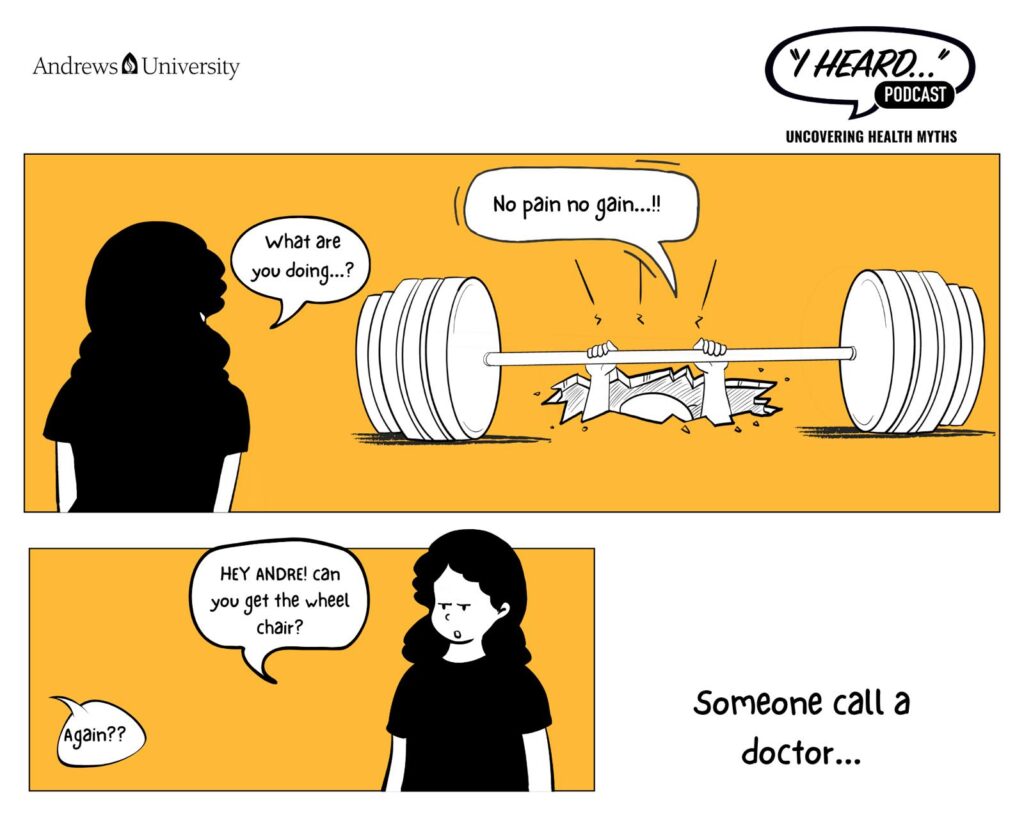
Overtraining
Overtraining is a common misconception that can lead to physical and mental health issues. The legend of John Henry, an American folk hero known for his incredible strength, serves as a cautionary tale about the dangers of overexertion. John Henry, a steel driver during railroad construction, took on a challenge against a steam-powered drill, which ultimately led to his death from exhaustion. This story serves as a reminder that pushing past one’s limits can lead to negative consequences.
Another high-profile case of overtraining is American Olympic swimmer Simone Manuel, who suffered from overtraining syndrome in 2021, just months before the Tokyo Olympics. Despite being a reigning gold medalist and one of the fastest swimmers in the world, her body began to break down under relentless training and pressure. After what should have been straightforward workouts, Simone described experiencing extreme fatigue, irritability, and even a loss of appetite. Her diagnosis made it clear that she had pushed herself too far and didn’t give her body the time it needed to recover.
The Future of Fitness—Moving Smarter, Not Harder
So, where does this leave us? The key takeaway is that progress doesn’t have to come at the cost of pain. Research consistently shows that balanced, mindful exercise routines—focused on consistency, mobility, and overall well-being—can lead to long-term success.
Recovery is not a weakness but a critical part of success. Pushing harder won’t always get you where you want to be. Your body sends out early warning signals, prompting you to slow down and take a step back. One of the most common signals is Delayed Onset Muscle Soreness (DOMS), which is normal and a part of the muscle-building process. DOMS should be a manageable soreness that subsides in a couple of days. Sharp pain or intense soreness that persists for days and hinders movement is indicative of overtraining, not progress.
The lesson is that progress doesn’t require pain. Research consistently demonstrates that balanced, mindful exercise routines that prioritize consistency, mobility, and overall well-being can lead to long-term success. These approaches not only help prevent injury and burnout but also promote better mental and physical health.
Fitness is not just about pushing limits but finding balance that supports both your body and mind. This means finding what you love, whether that’s dancing, cycling, swimming, lifting weights, running, or remembering that it’s okay to rest. The fitness world is evolving, and working smarter, not harder, leads to long-term success.
Pain should not be the goal; progress, health, and enjoyment should be the focus. This balanced approach enables you to achieve your objectives without jeopardizing your health in the process. Stay curious, stay healthy, and keep listening, as you never know what you will hear next.
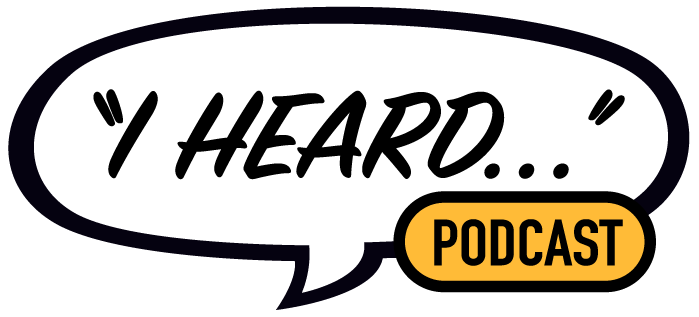
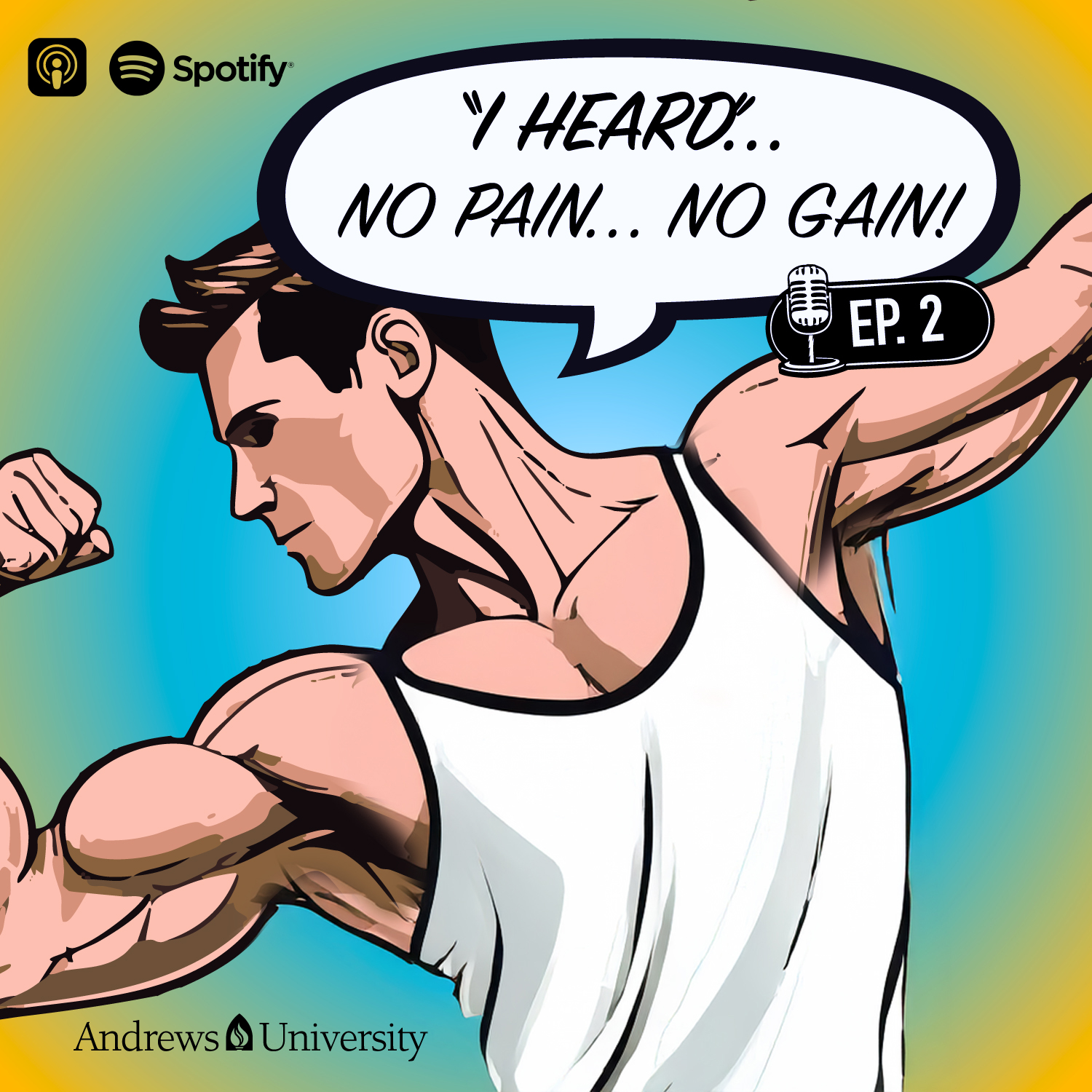
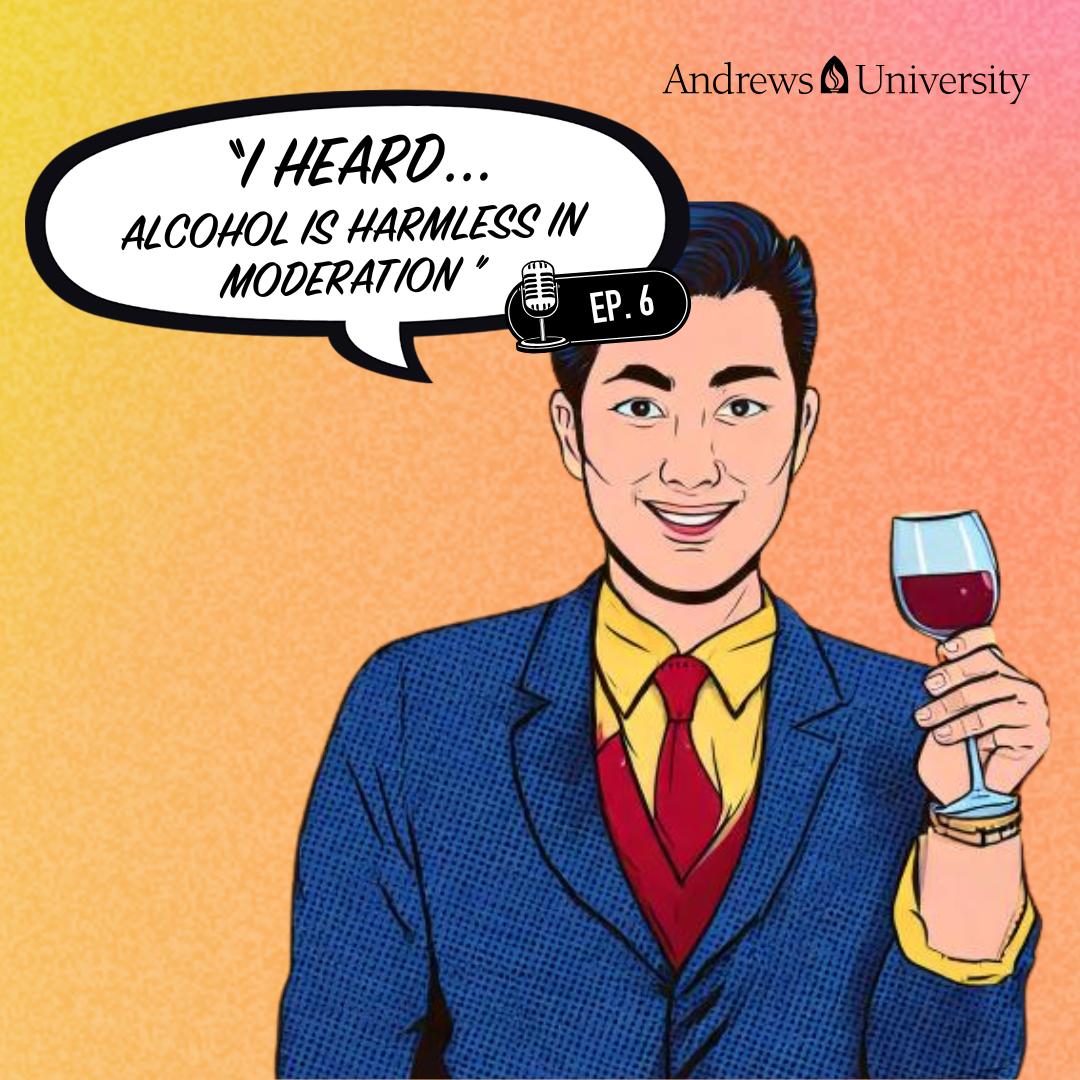
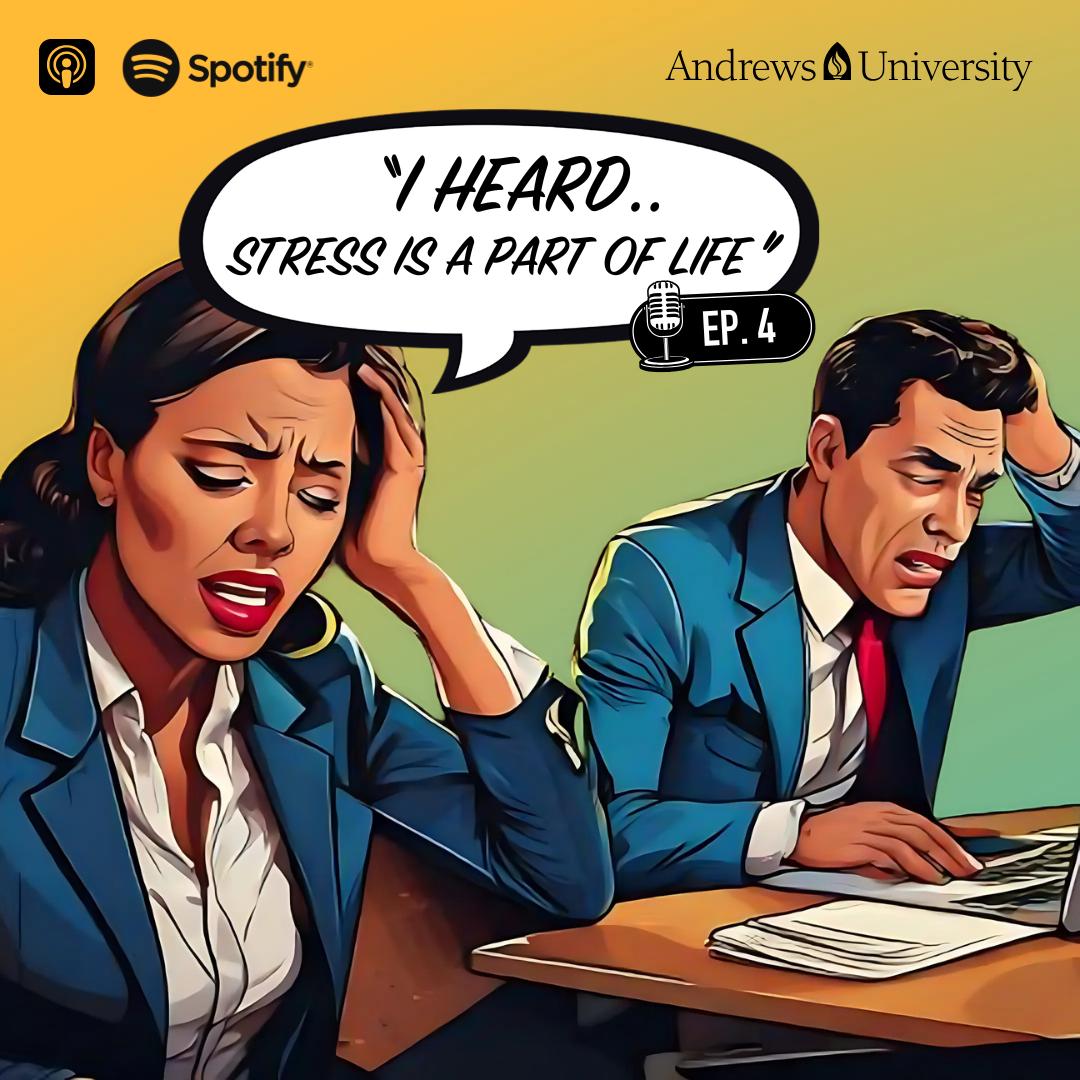
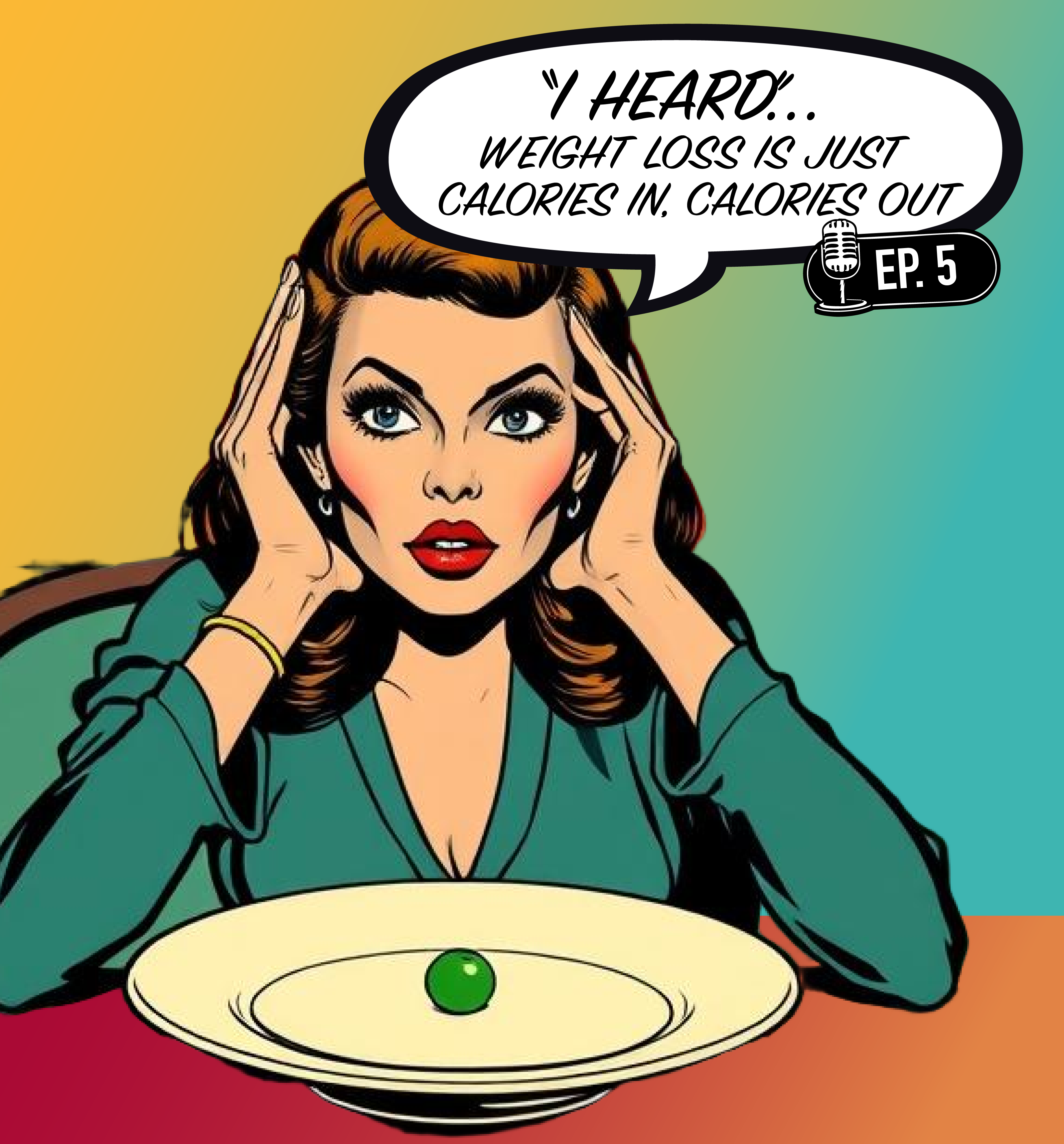

Leave a Reply